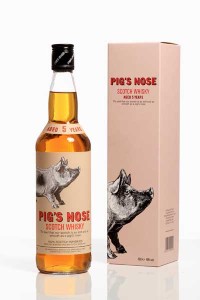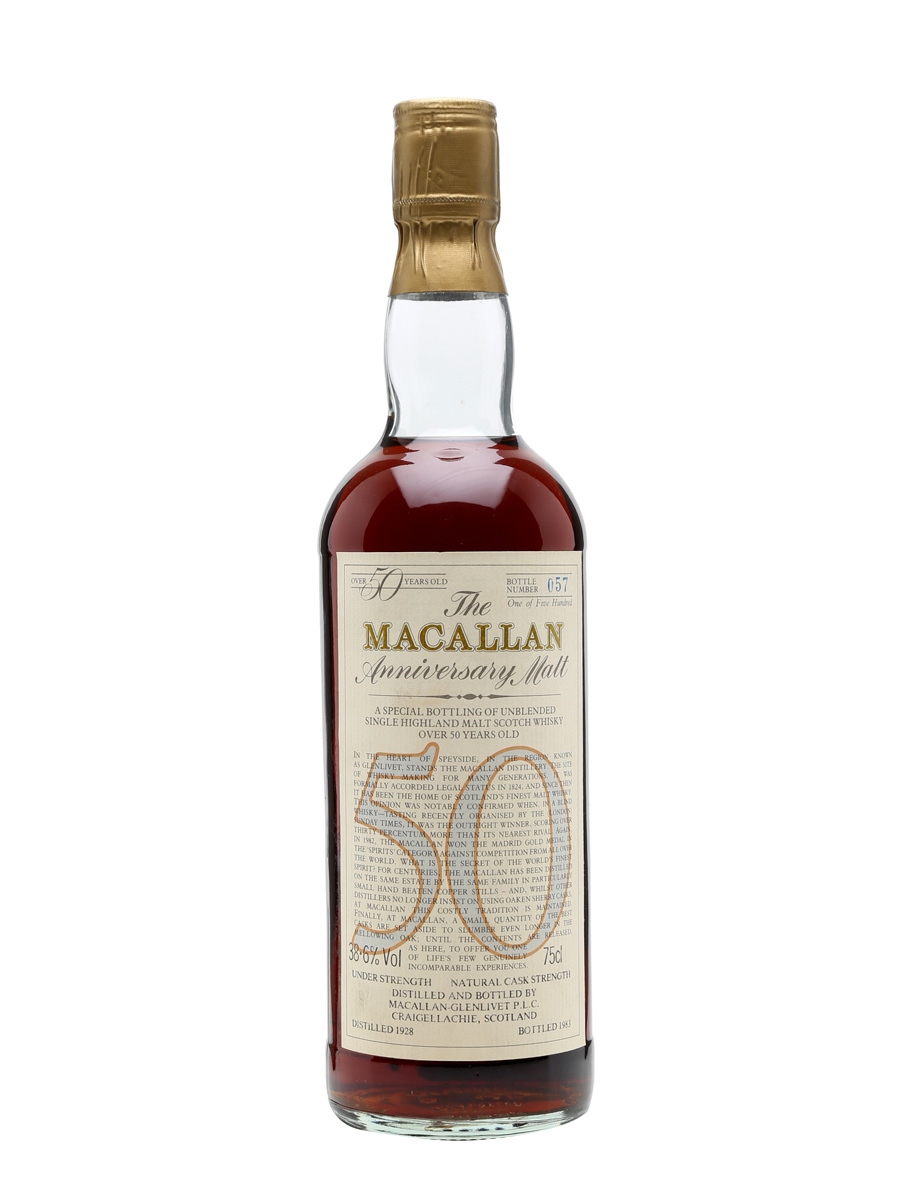What’s Great and New In Blended Scotch
By Richard Thomas

(Credit: Compass Box)
Blended scotch is dominated by its big brand names, and most of those names are well-established, decades-old fixtures. Johnnie Walker, Dewar’s, Grant’s and several others besides have been on store shelves for more than a century now, and while single malt scotch saw new activity from the 1980s onwards, blended scotch continued to be the province of these major classics.
Or so it was until recent years. The steady rise in scotch demand has seen old blended scotch brands revived and re-spun, and all-new names have arrived. Given how staid the blended scotch picture used to be, and the reputation blends have among some drinkers for inferiority, some whiskey fans have missed the rise of great, new blends. Three blends in particular stand out for delivering good quality at a nice price.
Black Bottle: Although Black Bottle is a scotch brand with Victorian roots, it received a major reboot from Burn Stewart in 2013. It’s a good bargain and a cut above the usual mass market blends, and is a good choice for a tumbler of scotch on the rocks.

(Credit: Spencerfield Spirits)
Great King Street: The flagship blend from those artsy folks at Compass Box, Great King Street is arguably one of the best things to happen to blended scotch in decades, and stands as proof that blends don’t have to be old or expensive to be great. However, just because it’s not expensive doesn’t mean it’s inexpensive: the £27 ($43) tag is for a 50 cl bottle.
Pig’s Nose: A creation of esteemed Master Blender Richard Patterson, Pig’s Nose is the revival of a defunct 1970s brand by Spencerfield Spirits. What makes Pig’s Nose kick is that it’s a youngish blend with a high proportion of malt whiskey. A fine sipper, Pig’s Nose truly stands out because of its relatively low cost. In a marketplace where scotch is becoming ever pricier, this scotch costs less than the typical small batch bourbon.



